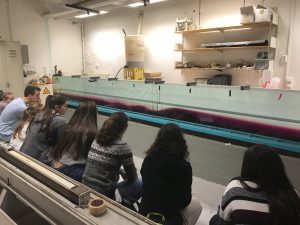
Need your help! “Wish list” for a student lab for tank experiments?
I’d love your input: If your student lab for GFD tank experiments had to downsize, but you had to present a “wish list” for a smaller replacement, what would be…
